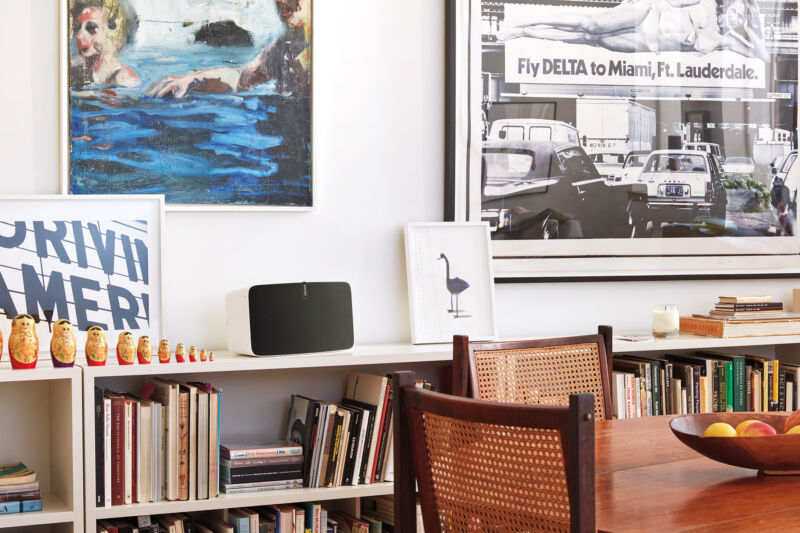

reader comments
134 with 66 posters participating
Secondhand shoppers, rejoice: Sonos is reversing course on a plan to brick all trade-in devices, so if someone wants to give or sell you a used speaker, it will still work. For now.
Sonos launched its “trade up” program last October. Consumers who owned a handful of older devices would receive a 30 percent discount on newer models if they traded in their old versions—a fairly typical program for expensive electronics, all things considered.
The company drew customers’ ire with one important deviation from others’ trade-in programs, though. Although the company does indeed sell refurbished equipment, devices users traded in through the program were destined not to become part of that cycle. Instead, Sonos straight up bricked them.
Completing the trade-in process required putting your device in “recycle mode,” which not only wipes all of the user’s personal data but also permanently deactivates the product. Once a Sonos product has been deactivated, the company says, “the product cannot be re-added to any system or used to set up a new Sonos system, even if the product has been reset to its factory settings,” and the decision to deactivate it is irreversible. Instead of bringing in old products and refurbishing or reselling them, Sonos tells users to bring them to an e-waste center or send it back to Sonos for component recycling.
In recent days, however, Sonos quietly removed the recycle mode option from its app, replacing it with a prompt to call customer service. Additionally, the company now says it’s working on posting a new trade-in flow to its website, which will remove recycle mode from the process.
There’s still an enormous caveat about the oldest products, however. Sonos will be ending software updates for certain legacy product lines in May, including Zone Players, Connect, and Connect:Amp (launched in 2006; includes versions sold until 2015), first-generation Play:5 (launched 2009), CR200 (launched 2009), and Bridge (launched 2007).
Amid significant blowback, the company reiterated that existing devices in service will not stop working at that time, and it confirmed that it will provide bug fixes and security patches “for as long as possible” after the May deadline. Eventually, however, the products will stop connecting to newer phones, other devices, and as-yet nonexistent services and also likely be replaced.


